Filter by Type
Filter by Category
Filter by Size
Filter by Year
Artists
Works by Johan-Barthold Jongkind
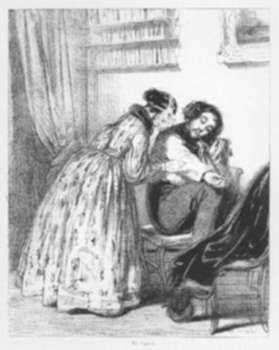
Paul Gavarni
French, (1804-1866)
A French artist best known for his lithographs, Paul Gavarni (né Chevalier Suplice Guillaume) was born in Paris on January 13, 1804. Throughout his lifetime Gavarni produced over 4000 satirical prints for journals and fashion magazines. Both delicately witty and elegantly revealing of human behavior and character, Gavarni’s genre scenes made him one of the most important and popular nineteenth-century artists. He is often critically paired with Honoré Daumier with whom he (and other young printmakers like Jean-Jacques Grandville and Joseph Traviés) raised the status and importance of social lithography and printmaking as an art form.
In his teens, Gavarni was encouraged to draw by his uncle Guillaume Thiémet, who was also a painter. However, Gavarni was first apprenticed to an architect and an optical instruments firm because of his demonstrated talent in mathematics, and later went on to enter the Conservatoire des Arts et Métiers to study mechanical drawing in 1818. It is unclear where and how Gavarni first learned to make lithographs, although lithography had recently made its way into France, and Paris and had become an important center of production. After completing his studies at the Conservatoire, Gavarni spent three years traveling and working in the Pyreneés, during which time he also consistently produced drawings. Many of his drawings from this period would later be incorporated into his published lithographic work. Upon his return to Paris, Gavarni practiced the same method of intense study and observation that just learned in the country, becoming an urban spectator: an artist reveling in the sensory delights of a city while maintaining anonymity in the streets as he gazed and sketched. In 1830 Gavarni began publishing work in La Mode, a fashion magazine published by Emile de Girardin.
Gavarni’s success came quickly. In the 1830s he began work for L’Artiste, La Caricature, and, most importantly, Le Charivari. The latter was owned by Charles Philipon, and became Gavarni’s longest lasting contract and most important place of publication. Here Gavarni published some of his most famous series, including Les Artistes, La Boîte aux Lettres, Clichy (inspired by his month-long stay in debtor’s prison), Les Coulisses, Les Enfants Terribles, Impressions de Ménage, numerous carnival series and La Vie de Jeune Homme. Gavarni worked steadily for Philipon until 1844, producing over 900 prints, and then created eleven more series in 1846 called collectively Oeuvres Nouvelles. Later, after a three year sojourn to London, Gavarni would increase the intensity of his work and produce eighteen more series called Masques et Visages in 1852-3. Throughout this time Gavarni enjoyed success worthy of a cult figure. He was a recognized leader of the Bohemian lifestyle, socializing primarily with other leading artists and writers of the time. He counted among his friends Honoré Balzac, Charles Dickens and William Makepeace Thackeray, as well as his patron Queen Victoria and his collectors Edgar Degas and Vincent Van Gogh. His life inspired two plays and his face was used for advertising. He personified the dandy, cutting a very dashing figure as he frequented late-night balls, dancing, drinking and socializing (particularly with women) and living a life of pleasure. This was the world that Gavarni often depicted in his lithographs, yet he was not a reporter. Instead, he was an acute and sensitive analyst and dramatist of social interaction and behavior.
The end of Gavarni’s career was not as publicly brilliant as the beginning. After his return from another trip to London, where he spent time observing the urban poor, he lived in semi-retirement, producing his last series in 1857-58. Much of his work from this time period is more somber, dark, nostalgic and moralistic. This is, perhaps personified by his character Pierrot (a figure influenced by the seventeenth-century comédie Italienne), who appears as a sad clown, burdened by the realities of the world while wearing the costume of a happy Bohemian in a whirlwind of celebration and gaiety. These darker realizations and disenchantments with the world turned Gavarni almost completely away from his happier fashion magazine lithographs and he became a recluse, his production dramatically declining and a preoccupation with scenes of poverty and decrepitude contributing to a drop in popularity until his death in 1866. However, Gavarni was staunchly supported by his critics (including Balzac and Gautier, Sainte-Beuve and Jules Janin and particularly Edmond and Jules de Goncourt after his death), and stands as one of the most important lithographers, both as an illustrator of modern nineteenth-century life and as an artistic innovator.
Compiled by Deborah Rogal
Works by Paul Gavarni
Works by William M. Paxton
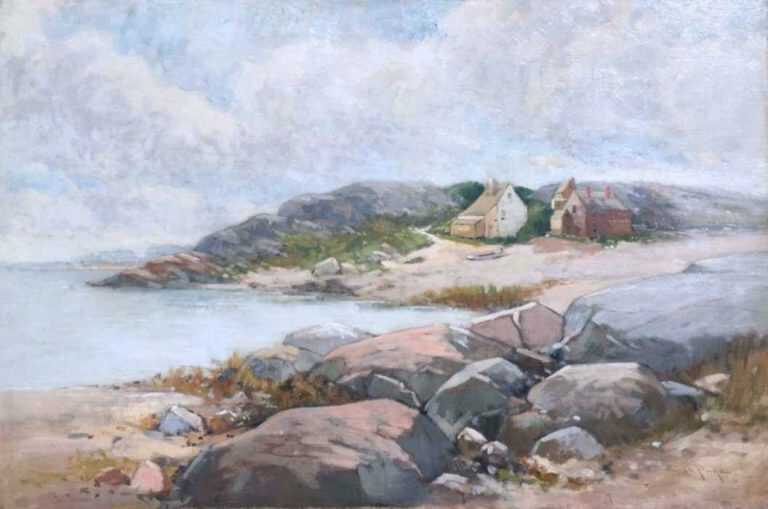
Edward A. Page
American (1850-1928)
Page was one of the Lynn Beach Painters who arrived to paint the dorymen, fishermen and clam diggers and other life of the beaches at Lynn, Nahant and Swampscott in the early 1880s. Of his group he remained the one most committed in his desire to paint the life of the beach over a long period of time. Most of the other artists in his group, including Charles Woodbury, W.P. Burpee, and C. E. L. Green, left Lynn Beach and chose other subjects by the end of the 1890s. Page continued to paint Lynn Beach subjects well into the 1920s.
Despite his interest in the local beaches, as early as the 1890s, Page was visiting further north and painted at Marblehead and on Cape Ann as well as venturing to Maine for repeated sketching trips along the coast. He was a great friend of Charles H. Woodbury and the two painted in Ogunquit, Maine after 1895.
Page was born in Groveland, Massachusetts and grew up in the Dorchester and South Boston sections of Boston. After high school in South Boston he received training in the studios of George Morse, Frederick Porter Vinton, J. Foxcroft Cole and Thomas Robinson. At the time of his move to Lynn in 1883 he began to paint the beaches and other littoral subjects that would engage him for his entire life.
Vinton, Cole and Robinson were all adept at Impressionist painting so there is little surprise in Page’s having adapted this as the principal style in which he worked. Among the Lynn Beach Painters, Page tended to a lighter, brighter and more pastel palette than most of the others and broader brushwork in his use of broken color.
Page helped to form the Lynn Art Club in 1910 and was a regular exhibitor and prizewinner. He also exhibited at the Boston Art Club (1888-1909), the Providence Art Club, the Salmagundi Club, and the Worcester and Springfield Art Museums. At the time of his death in 1928 his obituary stated, “Mr. Page made a specialty of such subjects as the old Swampscott fish houses and dories on the beach, ledges along our shores, the marshes and landscapes as well as still-life, figure and animal subjects. He was also an authority and collector of antiques and his home was the mecca of many an artist and collector. …[In] Mr. Page’s studio in Swampscott…he had a happy way of telling reminiscences of the many artists with whom he had held association.”
For additional information see D. Roger Howlett, The Lynn Beach Painters
Works by Edward A. Page
Works by Honore Daumier
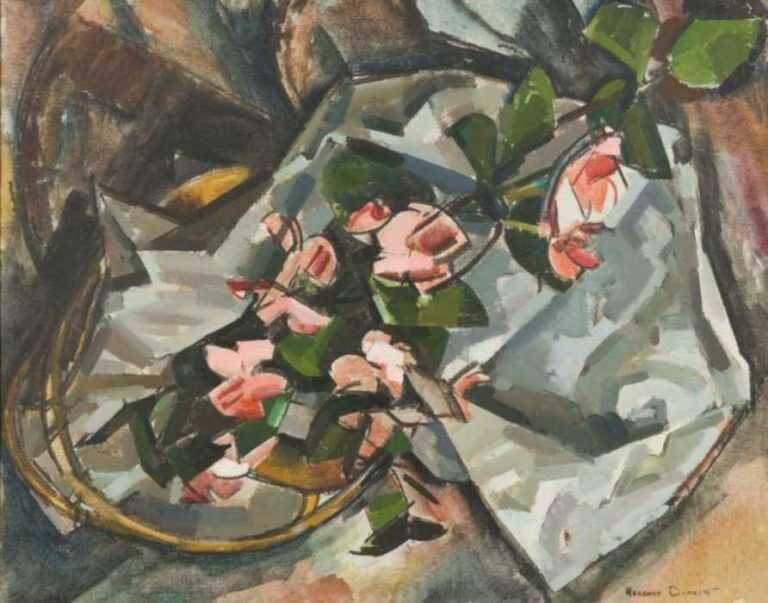
Herbert Barnett
American (1910-1972)
Herbert Barnett was an American artist whose life and work were closely tied to New England, and yet, his distinctive style of painting draws upon both the American tradition of representation and the artistic innovations of the Cubists. He is known as a painter of extraordinary ability and a virtuoso draftsman, whose works are included in numerous public and private collections across the country.
Born in Cranston, Rhode Island, Barnett grew up in Providence. While still in high school, he began to study painting at the Rhode Island School of Design. From 1927-31, he studied at the Boston Museum School and soon acquired a reputation for technical proficiency. At seventeen, he had his first one-man show at the Grace Horne Gallery in Boston and was already teaching private classes. After art school, Barnett spent three years traveling and studying in Europe. From the time of his return to the United States in 1934 until 1940, he divided his time between Cape Ann, Mass. and New York City.
As he assimilated what he had learned in Europe and absorbed the influence of the older generations of American painters, notably Marsden Hartley, Walt Kuhn and Edward Hopper, Barnett's style evolved rapidly. By 1939, his painting possessed characteristics that would remain relatively constant in his further development. He began each painting by quickly drawing with the brush to capture the basic contours of his subject. Next, he made a tonal underpainting in oil wash to indicate the most prominent volumes as areas of light and shadow. The painted surface consists of a pattern of discreet, rectangular brushstrokes. Barnett's emphasis on structure reflects his admiration for Cezanne and the Cubists.
In the late 1930s, Barnett's bold and expressive figure paintings and Cape Ann landscapes brought him recognition. His exhibitions at Boston and New York galleries won his critical acclaim. By 1940, several museums had already acquired his canvases and given him one-man shows.
In 1940, he became the head of the Worcester Museum School and began summering in Vermont, where he produced a distinctive group of landscapes of quarries, farms, bridges and mills. In 1951, Barnett became dean of the Art Academy of Cincinnati, the school of the Cincinnati Art Museum, and was soon honored with a retrospective exhibition at the museum. From the 1950s, Herbert Barnett's work continued to evolve toward a more refined statement of his personal vision. Until his death in 1972, he remained at the Art Academy of Cincinnati, returning to central Massachusetts each summer to paint.
A major memorial exhibition took place at the Cincinnati Art Museum in the winter of 1972-73. Subsequently, exhibitions have been held at the Fitchburg Art Museum, the New Britain Museum of American Art, the Robert Hull Fleming Museum of the University of Vermont, and the Worcester Art Museum. Although, the artist sold approximately 700 paintings and drawings during his lifetime, the estate is fortunate to contain many of the finest examples of his work. Childs Gallery has represented Barnett exclusively since 1978.
Barnett's work is represented in many public and private collections including the National Collection of Fine Arts, Washington, DC; the Worcester Art Museum, Mass.; the Cincinnati Art Museum, Ohio; Pennsylvania Academy of Fine Arts, Philadelphia; Art Institute of Chicago; Mead Art Center, Amherst College, Mass.; University of Arizona Museum of Art, Tuscon; Maier Museum, Randolph Macon College, Lynchburg, Va.; Art Academy of Cincinnati, Ohio; New Britain Museum of American Art, Ct.; and the Robert Hull Fleming Museum, University of Vermont.

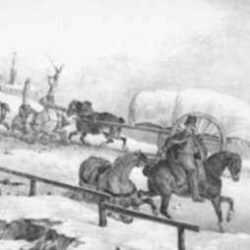
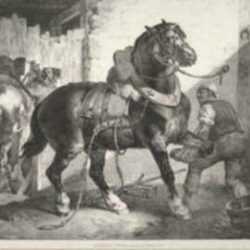
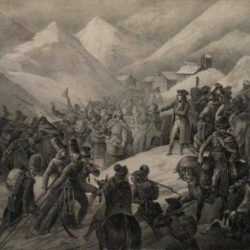
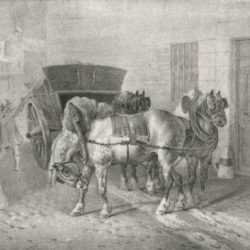
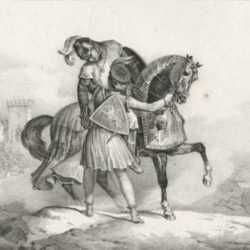
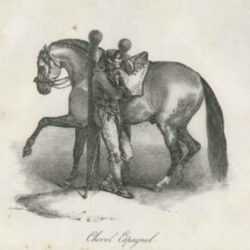
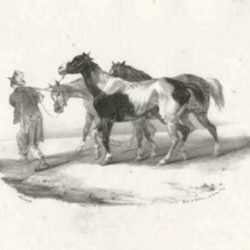
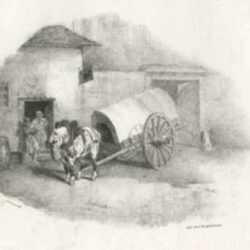
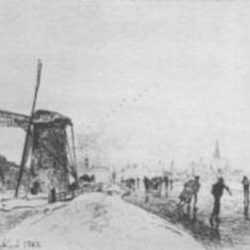
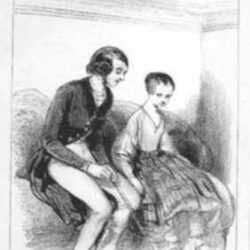
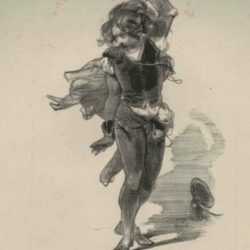
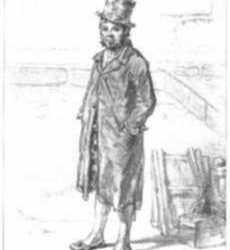
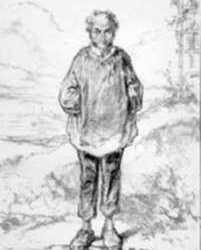
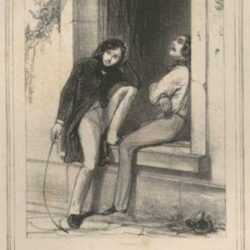
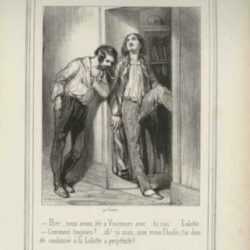
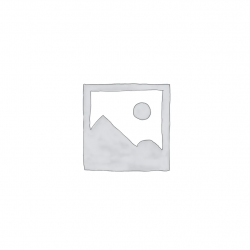
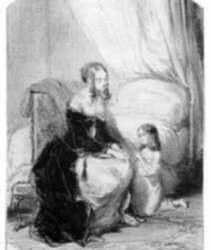
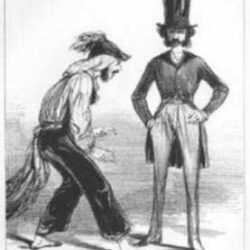
![Print by Paul Gavarni: Depuis que j'ai été forcé . . . [Since I was obliged . . .], represented by Childs Gallery](https://childsgallery.com/wp-content/uploads/paul_gavarni_depuis_que_jai__t__forc__._.__p194-713_childs_gallery-250x250.jpg)
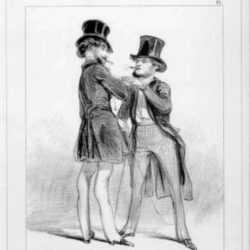
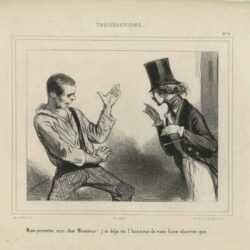
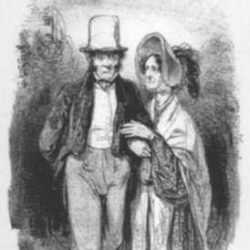
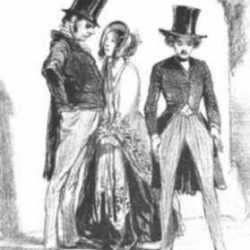
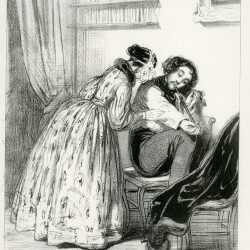
![Drawing by William M. Paxton: [Portrait of a woman], represented by Childs Gallery](https://childsgallery.com/wp-content/uploads/william_m._paxton__portrait_of_a_woman__bb2155-11_childs_gallery-250x250.jpg)
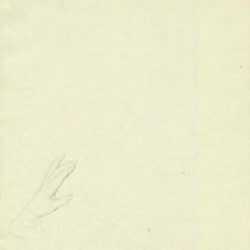
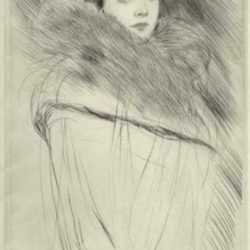

![Painting by Edward A. Page: [New England Hillsides], represented by Childs Gallery](https://childsgallery.com/wp-content/uploads/edward_a._page__new_england_hillsides__ps92-42-246-14r_childs_gallery-250x250.jpg)
![Painting by Edward A. Page: [In Full Sail], represented by Childs Gallery](https://childsgallery.com/wp-content/uploads/edward_a._page__in_full_sail__ps92-42-246-15r_childs_gallery-250x250.jpg)

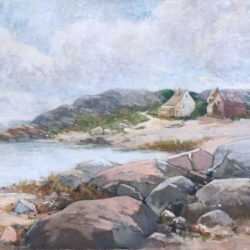
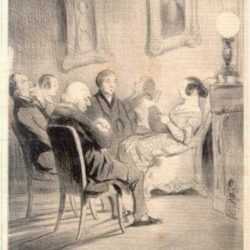
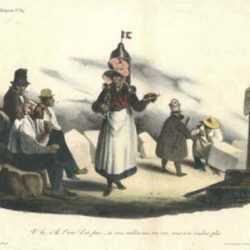
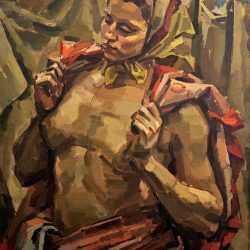
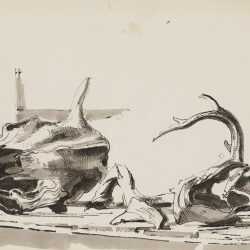
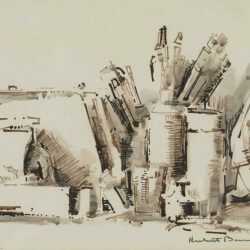
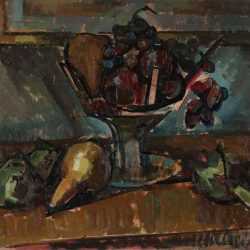
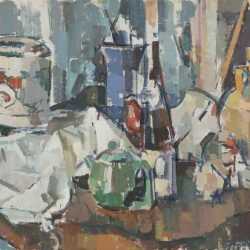
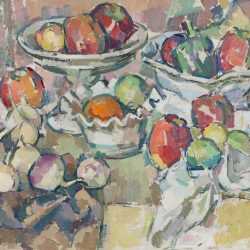
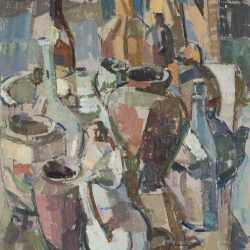
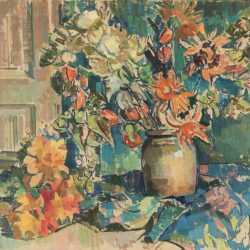
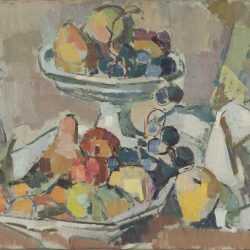
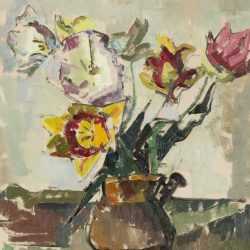
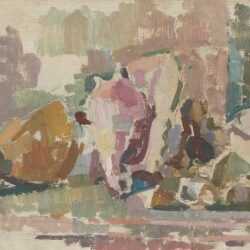
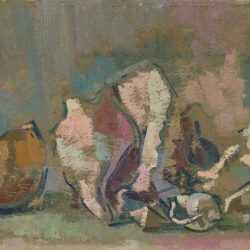
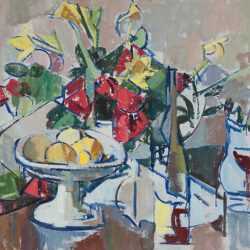
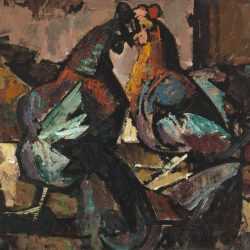
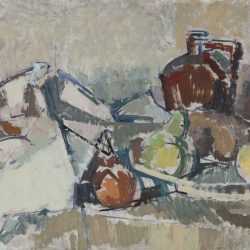
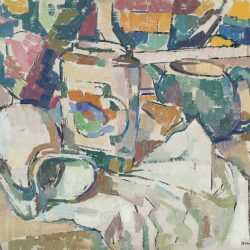
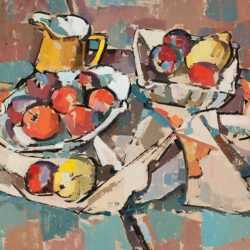
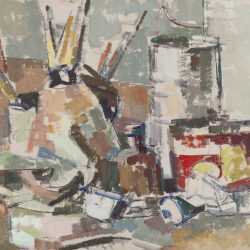
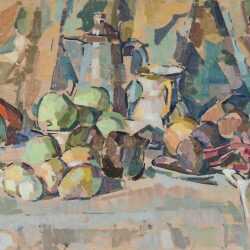
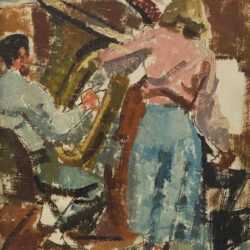
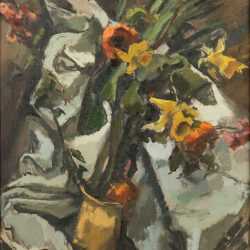
![Print by Ellison Hoover: [Windy Sky over Coastal Scene], represented by Childs Gallery](https://childsgallery.com/wp-content/uploads/ellison_hoover__windy_sky_over_coastal_scene__90-3-11-3_childs_gallery-250x250.jpg)
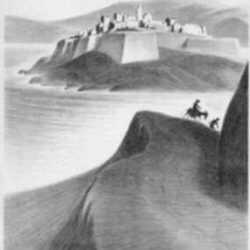
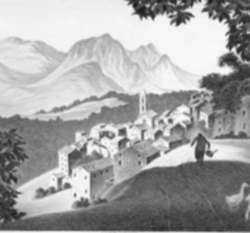
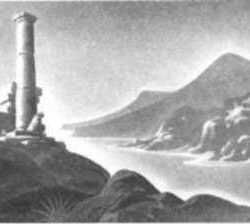
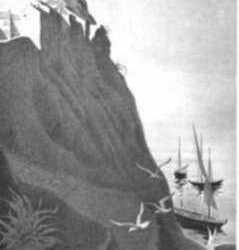
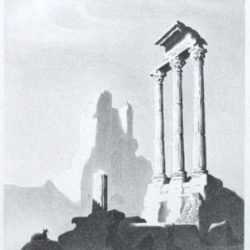
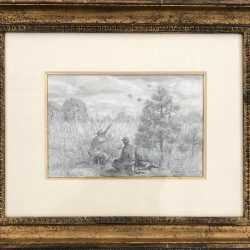
![Watercolor by Aiden Lassell Ripley: [Seated Woman], represented by Childs Gallery](https://childsgallery.com/wp-content/uploads/aiden_lassell_ripley__seated_woman__bb27279t_childs_gallery-250x250.jpg)
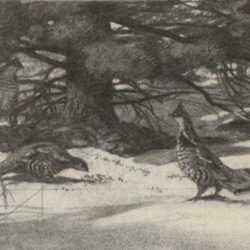
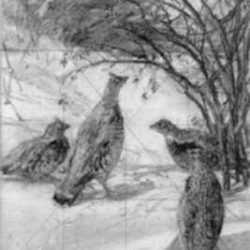
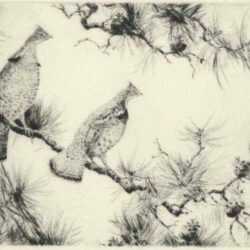
![Watercolor by Letterio Calapai: [Two Women], available at Childs Gallery, Boston](https://childsgallery.com/wp-content/uploads/letterio-calapai_two-women_bb1345-06_childs_gallery_48236-768x1155.jpg)